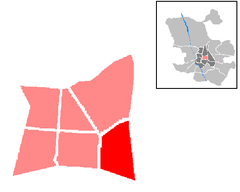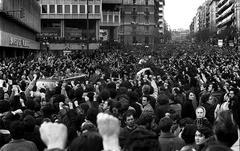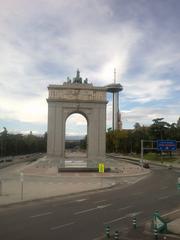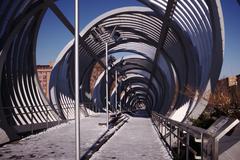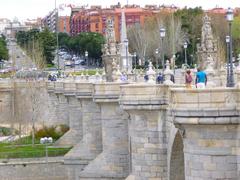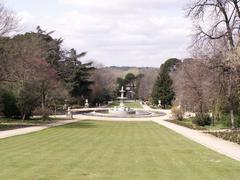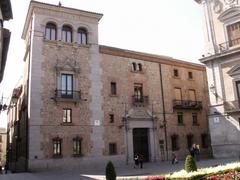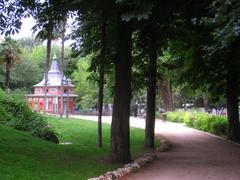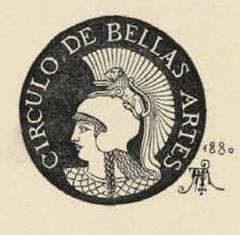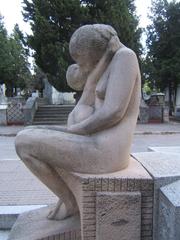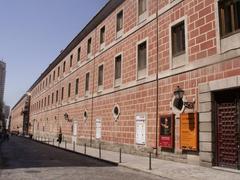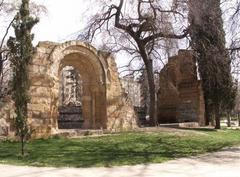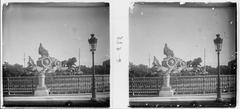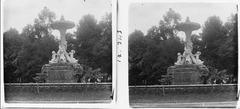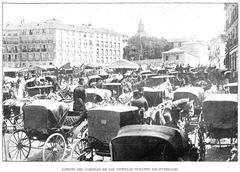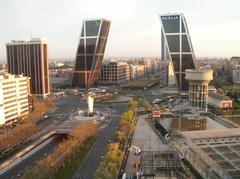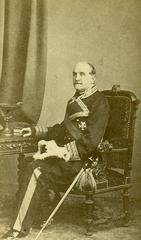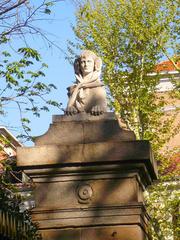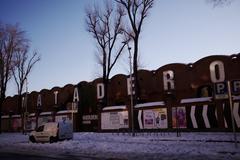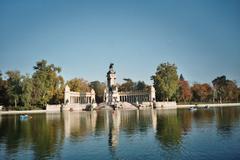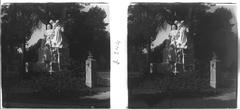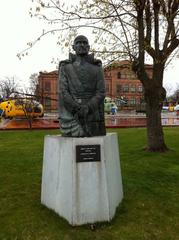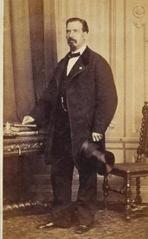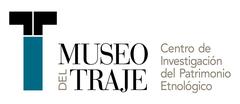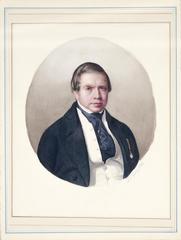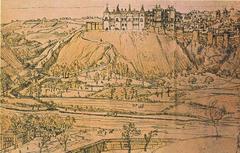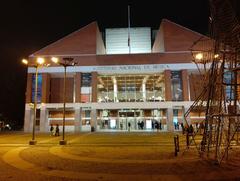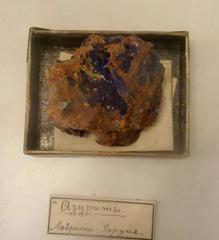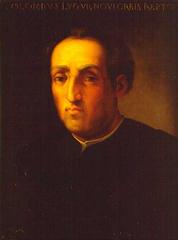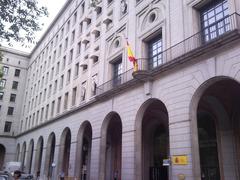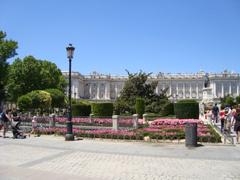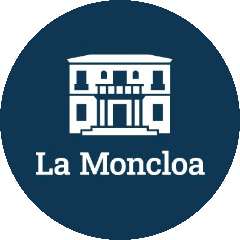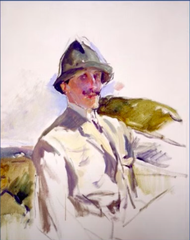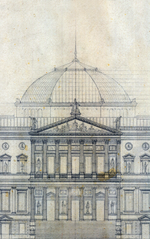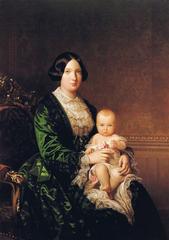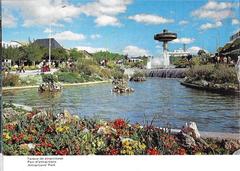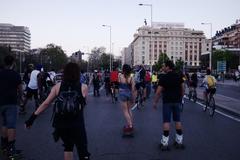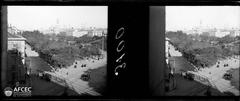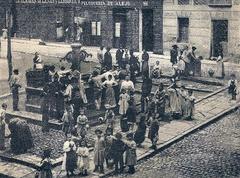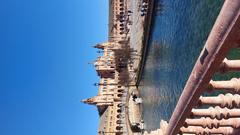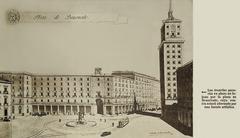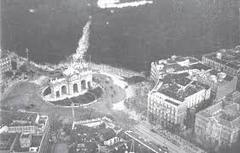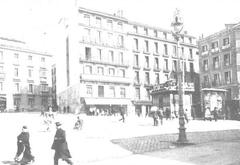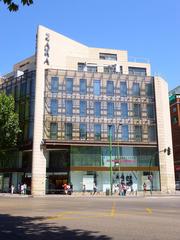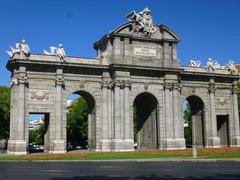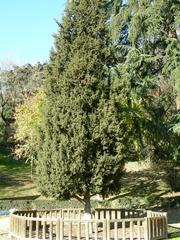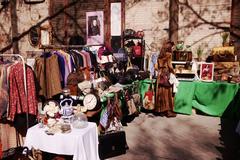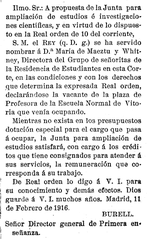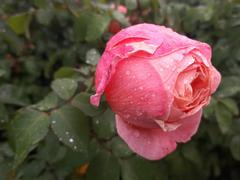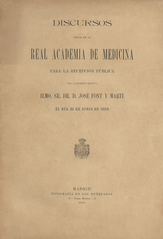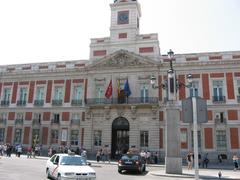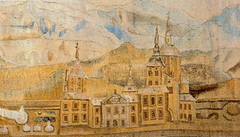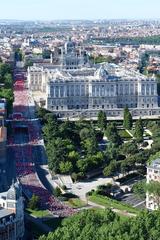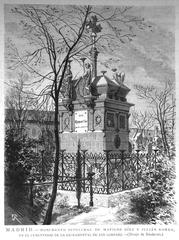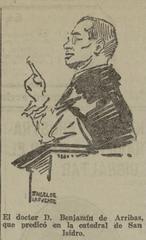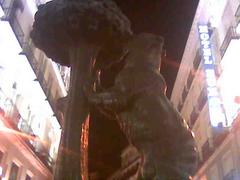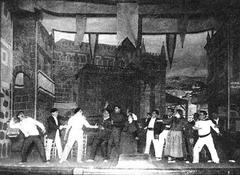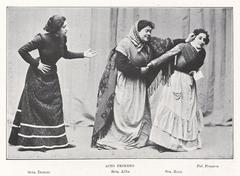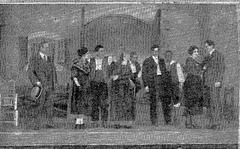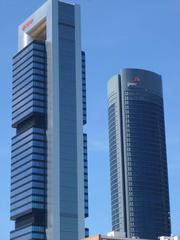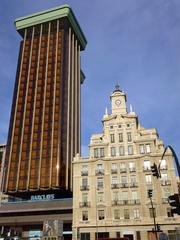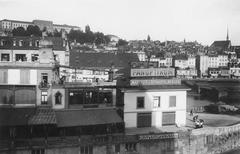
Visiting Fuente del Berro in Madrid: Hours, Tickets, and Tips
Date: 01/08/2024
Introduction
Nestled in the heart of Madrid’s Salamanca district, Fuente del Berro is a hidden gem that offers visitors a unique blend of historical significance, natural beauty, and a variety of recreational activities. The park’s origins date back to the 16th century when the spring was first recorded as a valuable natural water source for the Spanish monarchy. Over the centuries, Fuente del Berro has evolved from a crucial water supply for royalty to a beloved public park that continues to attract both locals and tourists. The park’s rich history is intertwined with Madrid’s urban development, reflecting changes in the city’s infrastructure and societal needs (Wikipedia).
Throughout its history, Fuente del Berro has been a site of royal preference, with Queen María Luisa de Orleans famously insisting on drinking only its mineral-rich water (ABC). The park also features the Quinta de Miraflores, commissioned by King Felipe IV, and the Plaza de Toros Fuente del Berro, an iconic bullring established in the 19th century (El Digital de Madrid). Today, the park is not just a historical landmark but also a vibrant community space that hosts cultural events, art exhibitions, and educational programs. With its diverse plant life, serene water features, and recreational facilities, Fuente del Berro offers something for everyone, making it a must-visit destination in Madrid (Vamos a Viajar).
Table of Contents
- Introduction
- History of Fuente del Berro
- Visitor Information
- Special Events and Guided Tours
- Photographic Spots
- Conclusion
- FAQ
- Call to Action
History of Fuente del Berro
Early Mentions and Establishment
The first recorded mention of the Fuente del Berro dates back to 1470. The spring, located in what is now the Parque de la Fuente del Berro, was initially a natural water source highly valued by the Spanish monarchy. The formal establishment of the fountain occurred in the first half of the 16th century. During this period, the spring’s water was channeled to serve the needs of the local population and the royal family (Wikipedia).
The Quinta de Miraflores
In 1631, King Felipe IV commissioned the construction of the Quinta de Miraflores on the grounds surrounding the Fuente del Berro. Despite the construction of this royal estate, the main water conduit remained outside the estate’s walls, leading to various disputes and legal issues. The water from the Fuente del Berro was so esteemed that it was transported to the Palacio del Buen Retiro, the new Palacio Real, and even to summer palaces like Aranjuez (Wikipedia).
The Water Journey
The “viaje de agua” or water journey of the Fuente del Berro is a significant historical feature. When King Felipe II moved the Spanish court to Madrid in 1561, the city’s population surged, necessitating a reliable water supply. The Fuente del Berro became a crucial source, with its water being transported through a network of underground galleries. These galleries, which maintained a constant temperature of around 18 degrees Celsius due to geothermal conditions, collected and distributed water throughout the city (ABC).
Royal Preference
The water from the Fuente del Berro was particularly favored by the Spanish royalty. Queen María Luisa de Orleans, for instance, insisted on drinking only from this source. This preference underscores the high regard in which the water was held, despite its “gorda” or hard, mineral-rich quality, which differed from the finer waters of the Canal del Lozoya (ABC).
Modern Developments
During the reign of Isabel II, significant efforts were made to improve Madrid’s water supply infrastructure. This included the installation of a pump near the Arroyo Abroñigal and the construction of a new water journey from the Ventas del Espíritu Santo area to the central axis formed by the Paseo del Prado and the Paseo de Recoletos. Despite these advancements, the water from the Fuente del Berro remained popular among the populace and royalty alike (Wikipedia).
Transition to Modern Water Supply
In contemporary times, the Fuente del Berro is no longer a natural spring but a tap connected to the Canal de Isabel II, Madrid’s primary water supply network. The original spring and its associated water journey have been preserved as historical landmarks, with the main conduit still visible on the small street of Peñascales, where it forms a small semicircle with stone benches on either side (Wikipedia).
The Plaza de Toros Fuente del Berro
Adjacent to the historical fountain is the Plaza de Toros Fuente del Berro, an iconic symbol of Madrid’s taurine tradition. Established in the 19th century, this bullring has hosted numerous bullfights and cultural events, becoming a significant landmark in the city’s history. Its neomudéjar architectural style, characterized by intricate brickwork and decorative elements, adds to its cultural and historical value (El Digital de Madrid).
Preservation and Cultural Significance
The historical and cultural significance of the Fuente del Berro and its associated structures have been recognized and preserved over the centuries. The site remains a testament to Madrid’s rich history and the importance of water in the city’s development. Visitors today can explore the park, the remnants of the water journey, and the Plaza de Toros, gaining insight into the historical context and the enduring legacy of this unique location (Wikipedia).
Visitor Information
Visiting Hours and Tickets
- Opening Hours: [Insert current visiting hours]
- Ticket Prices: [Insert ticket price information]
- Best Time to Visit: [Provide tips on the best times to visit]
Travel Tips
- How to Get There: [Provide directions and transportation options]
- Nearby Attractions: [List nearby attractions]
Special Events and Guided Tours
- Events: [Detail any special events]
- Tours: [Information on guided tours available]
Photographic Spots
- Best Spots for Photos: [Highlight the best spots for photography]
Conclusion
By understanding the history of the Fuente del Berro, visitors can appreciate the intricate relationship between natural resources, urban development, and cultural heritage in Madrid. The site’s evolution from a natural spring to a modern water supply point reflects broader changes in the city’s infrastructure and societal needs over the centuries.
FAQ
- What are the visiting hours for Fuente del Berro?
- How much do tickets cost?
- Is Fuente del Berro accessible for people with disabilities?
Call to Action
Download our mobile app Audiala for more travel tips and updates, check out other related posts, and follow us on social media for more updates.
References
- Wikipedia. Fuente del Berro (fuente y viaje de agua). Retrieved from Wikipedia
- ABC. Viaje de agua de la Fuente del Berro: María Luisa de Orleans. Retrieved from ABC
- El Digital de Madrid. Plaza de Toros Fuente del Berro. Retrieved from El Digital de Madrid
- Vamos a Viajar. Quinta de la Fuente del Berro. Retrieved from Vamos a Viajar
